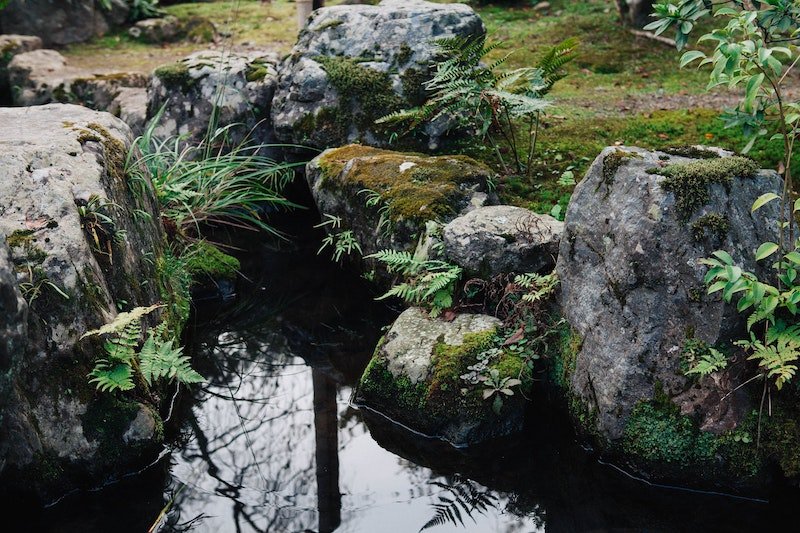Want a Spring Adventure? Hunt for a Vernal Pond!
Photo by Julian Steenbergen on Unsplash
Hey there, Creation Explorer!
Spring is definitely in the air in Northern Kentucky where we live. The early spring wildflowers and cultivated flowers such as daffodils are already blooming, the air feels like spring, and the birds are calling out to one another in excitement (can you tell I love spring?)!
Spring is such an exciting time to explore God’s creation. There are small flowers peeking through the leaf litter to spy, new buds opening on trees to examine, and nests filling with eggs and brooding mothers to observe. But another sure sign of spring is the filling of vernal ponds. These small, temporary bodies of water fill when the snow melts in the spring and provide a short-lived but vital wetland habitat.
Amphibians such as frogs and salamanders, reptiles such as turtles, and invertebrates such as fairy shrimp, dragonflies, and caddisflies use, or even depend on, these small ponds to provide a safe habitat for their young (some species will even return to the same pond they were hatched in to breed and lay their own eggs).
Since these ponds are only temporary, fish can’t survive in them, so there are far fewer predators than in a normal pond, marsh, or lake. This makes them an ideal habitat for a wide variety of species. Of course, there are other predators—including the emerging amphibian larvae that prey on the newly hatching insect larvae. The abundance of food also attracts mammal and bird species looking for an early spring snack, but vernal ponds allow many species to reproduce successfully.
What will you see if you can hunt out a vernal pond in the woods near you? By looking closely, you’ll observe unique wetland plants not seen in other places throughout the woods, masses and strings of eggs from various species, tadpoles wriggling about, and maybe even a tiny baby turtle or a wood duck nest. These wet depressions are a fantastic spring find, and since they return each year, once you’ve found one you can return annually to see which creatures have awakened from the winter to lay their eggs and start the life cycle again.

Photo by Tom Rumble on Unsplash
A great way to locate a vernal pond is to use your sense of hearing. Wood frogs and spring peepers are both very loud and sit in the ponds calling out for mates. Follow the sound and you’ll soon find a vernal pond. Please be sure not to disturb it (this isn’t a good puddle for splashing and running about in; you’ll hurt the tiny creatures in the water and even kill the plants!) but crouch near the edge and observe God’s incredible creation in full spring glory.
We hope you can get out and find a vernal pond! Well, we’re off on another adventure. Until next time, remember that the incredible seasons we enjoy are the gift of our loving Creator. “While the earth remains, seedtime and harvest, cold and heat, summer and winter, day and night, shall not cease” (Genesis 8:22).
P.S. Ask your parents to help you discover more about vernal ponds with filmmaker Peter Schriemer in “New Life,” a spring episode of his God-honoring nature program, Hike & Seek, streaming exclusively on Answers TV.
- © 2024 Answers in Genesis
- Privacy Policy
- Contact
- About
